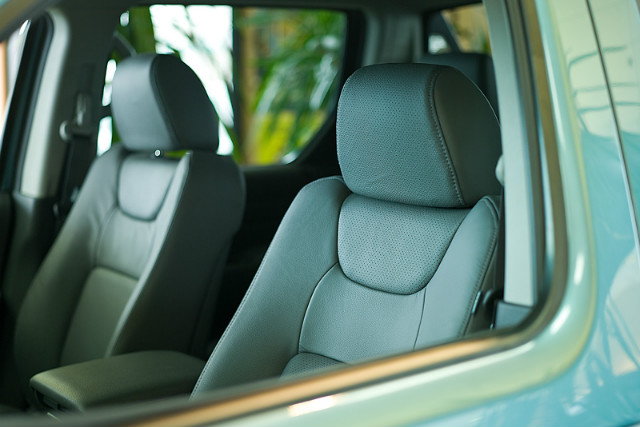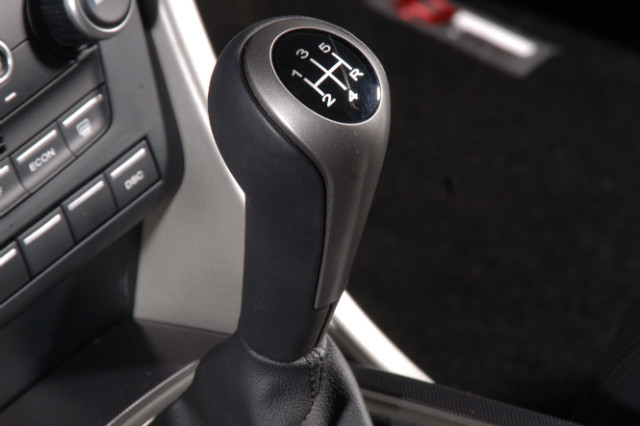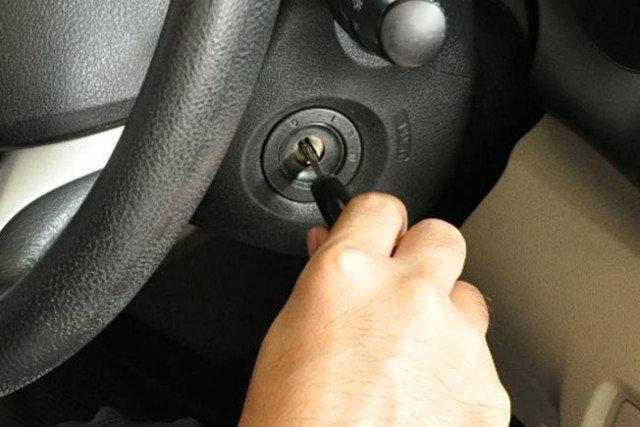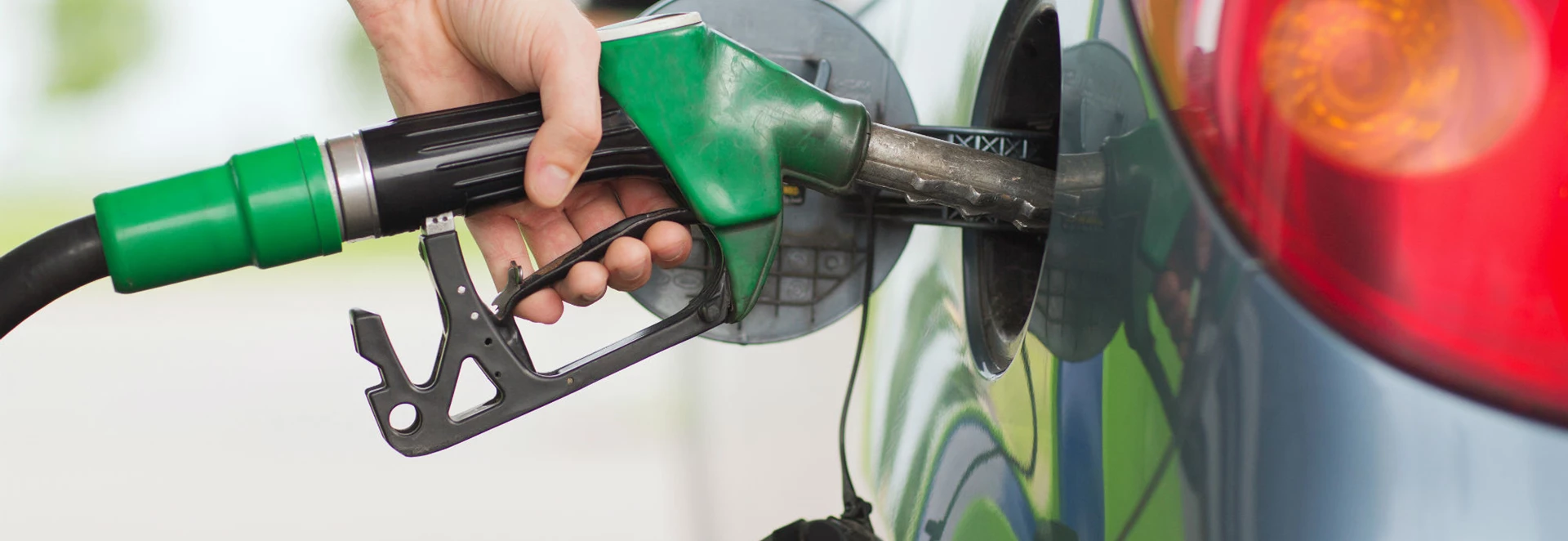Fuel economy is one of the most important aspects of driving a petrol or diesel-run car and obviously has a huge influence on the day-to-day running costs of driving.
Even if you’ve bought a car that’s not particularly focused on efficiency, you’ll likely still be concerned about just how regularly you need to make stops for fuel and any techniques and tricks you can follow to aid this are welcome.
Not all the tips on helping your fuel economy are useful, but instead exaggerate the reality of things or are just flat-out untrue in virtually all scenarios.
Here are five common myths about fuel economy and explanations as to why you should ignore them.
Having the windows open ruins fuel economy

A lot has been written on the subject of how much of an impact air conditioning has on fuel economy and whether in some cases opening the car’s windows is more ideal.
A piece of advice that has been spread around is that you should only open the window a little bit when needing to cool down. Open the window all the way and you could spoil the aerodynamics of the car. This subsequently causes the car to drink up a lot more fuel than usual to keep it moving. Apparently.
In truth, such a statement wildly exaggerates the effects one or multiple open windows can have on efficiency. Of course open windows will make some difference to fuel economy and so we wouldn’t recommend leaving them open throughout lengthy journeys. But the difference compared to what the car would achieve if all the windows are closed will be fractional.
Manual gearboxes are always more efficient than automatic gearboxes

You may have looked at the specification details for certain model ranges and noticed that the specifications that use a manual gearbox recorded better official fuel economy figures and lower CO2 outputs than alternative specs with an automatic ‘box.
In fact, you may have noticed this with several cars and made the assumption that manual gearboxes are simply the better option if you want the best fuel economy possible. This may have been true in the past, but with the advances made in gearbox technology, it is possible for automatic options to match or surpass the performance of manual ‘boxes.
Search hard enough and you’ll find certain current cars do offer better fuel economy and lower CO2 when picking the automatic gearbox.
As a car ages, its fuel economy deteriorates
If someone has owned a car for numerous years and found that the fuel economy is nowhere near what it used to return, the age of car itself may be put down as a factor.
In truth, the effects a car’s age has on fuel economy will barely be noticeable as long as the car is properly maintained during ownership. If you take a car for regular services and keep on top of basic maintenance jobs, then the fuel economy should stay virtually the same during the first 10 to 15 years of ownership.
Premium fuel is always better for fuel economy
One thing said about premium fuel options to promote them is that they can offer better fuel economy as well as more performance, because of their higher octane rating.
While this is certainly true for some cars, the benefits could be barely noticeable depending on what model you’re using. That doesn’t mean premium fuels should be dismissed as something negative like a marketing scam. It’s just that this type of fuel is only really designed for specific types of car, particularly performance models. It’s worth researching what the manufacturer recommends when it comes to deciding what fuel to use.
You can read more about premium fuels, sometimes called Super Unleaded, in our separate guide here.
Turning an engine on requires more fuel than leaving it idle

Many new cars nowadays come with what’s called stop-start engine technology, which temporarily switches the car’s engine off when the vehicle is idle in traffic and the driver (if it’s a manual car) puts the gear stick in neutral. The engine is quickly started up again when the driver re-engages the clutch pedal. There has been much debate about the usefulness of stop-start technology because of claims that the engine uses up more fuel for the initial start-up, compared to when its running idle. So should drivers just leave the car running when stuck in traffic to save fuel? Unless your car is really old, probably not.
Modern fuel injection systems are very efficient and require little fuel to get the engine started, especially if it’s already warm from running. The one type of situation when it makes sense to keep the engine running is if you are repeatedly stopping and starting in a queue and each moment, when you’re stationary, is very brief.




